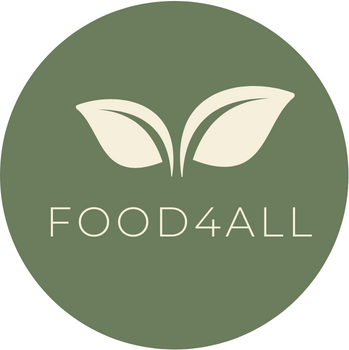Comparing alternative potential technologies and assessing relevant results in terms of their implementation on agroecosystems in specific environmental and social contexts is indeed a complex matter. As stated by Marten (1988), “agroecosystems are overwhelmingly complex. The numerous ecological processes that tie people, crops, weeds, animals, microorganisms, soil and water together into a functioning, on-going ecosystem are so intricate that they can never be fully described, nor can they be fully comprehended.”
Complexity increases also with increasing demands related to the concept of sustainable development including the needs of future human generations and lately also of animals. Concern for animal welfare is often based on the belief that nonhuman animals are sentient and that consideration should be given to their well-being or suffering, especially when they are under the care of humans. In recent years animal welfare has become an issue of increasing concern, also in several developing countries. The welfare of humans and the welfare of animals are closely linked. In many regions, a secure supply of food for people depends on the health and productivity of animals, and these depend on the care and nutrition that animals receive. The increase in animal production of the last decades has raised a wide range of ethical issues, including concern for animal welfare, which has to be considered alongside environmental sustainability and secure access to food (FAO, 2013).
At those levels of complexity, simplification becomes a practical necessity of the analysis. There is a need to sketch simplified representations of the network of relationships among all the elements of the agroecosystem so to isolate those that potentially impact key aspects of sustainability of agricultural technologies such as the ones identified by Pretty (2008) concerning agricultural sustainability.
Conway (1987) drew the fundamentals of agroecosystem analysis and suggested that agroecosystems can be characterized by a limited set of properties (i.e., productivity, stability, sustainability, equitability) that not only describe their essential behavior, but also can be used normatively as criteria of agroecosystem performance and hence can be employed in the design and evaluation of agroecosystems management options. Agroecosystem properties combine large numbers of agroecosystems processes into single, highly aggregated measures of performance that suggest how well an agroecosystem is meeting human objectives (Marten, 1988).
Agroecosystem analysis can be carried out at different hierarchical levels ranging from the individual plant or animal with its immediate microenvironment and the people managing it, to crop/herd, field/paddock, cropping/livestock system, farming system, livelihood system, household, village, watershed, region, nation, economic community, and the world (Conway, 1987).
When dealing with technology adoption and relevant sustainability impact assessment based on performance in terms of agroecosystem properties, the best standpoint of analysis relies at the level of the farm system, because this is ultimately the place where technological and other management decisions are taken. In other words, the farm agroecosystem is the place where management options supplied by the agricultural technology systemdto the extent made accessible by the social and environmental contextsdare selected by the prominent decision-maker of the agricultural production chain, that is, the farmer, and then put into practice. Indeed, the farm system under this perspective is considered as the “building block” of the agricultural sector, whose performances can be aggregated upwards to understand system functions and sustainability at different levels.
The fact that this standpoint is privileged for studies on sustainability impact of agricultural technologies does not mean in any way that management impacts can be analyzed solely at the farm system level. Indeed, systems theory holds that the behavior of any system in a hierarchy, for example, the farm system, is not readily discoverable from a study of lower systems, for example, cropping/livestock systems, and vice versa (Checkland, 1981). Instead, behavior of a system is a consequence of the combination of impacts of decisions taken at different levels in the hierarchy. Examples of exogenous decisions, or more generically behaviors, impacting agroecosystems include:
- decisions on off-farm employment at the livelihood system level,
- decisions affecting hydrological balances, water availability and accessibility at the watershed level,
- decisions on support measures for farmers within regional rural development programs,
- national norms on pollutants such as the EU directives on nitrates and sustainable use of pesticides,
- decisions on prices at the economic community level,
- agreements on tariffs and trade of the World Trade Organization (WTO) at the global level.
Sustainability assessment of the performance of agricultural technology options must focus on the farm agroecosystem and lower levels without disregarding the above-mentioned aspects.
Identifying a specific standpoint for analysis holds also advantages in terms of practical enforcement of the analysis. Indeed, Marten (1988) identified in the multidimensional character of properties a major limitation of agroecosystem analysis, due to (i) differences in the same property at different hierarchical levels of an agroecosystem and (ii) independent measures of agricultural production. To avoid any confusion related to these two aspects, property-based evaluation of agroecosystems must be conducted after having chosen a priority standpoint for analysis, the farm agroecosystem level in our case, and by acknowledging the multidimensional character of the agroecosystem components, which is dealt with in the following section.
